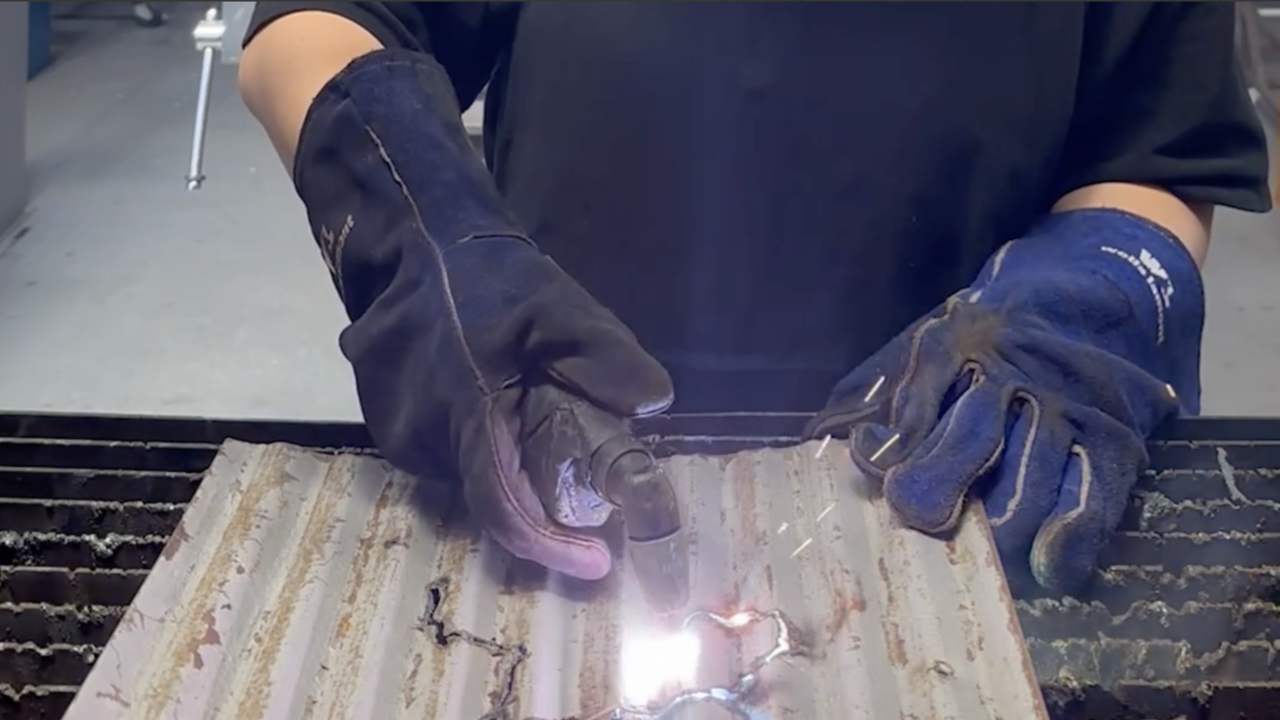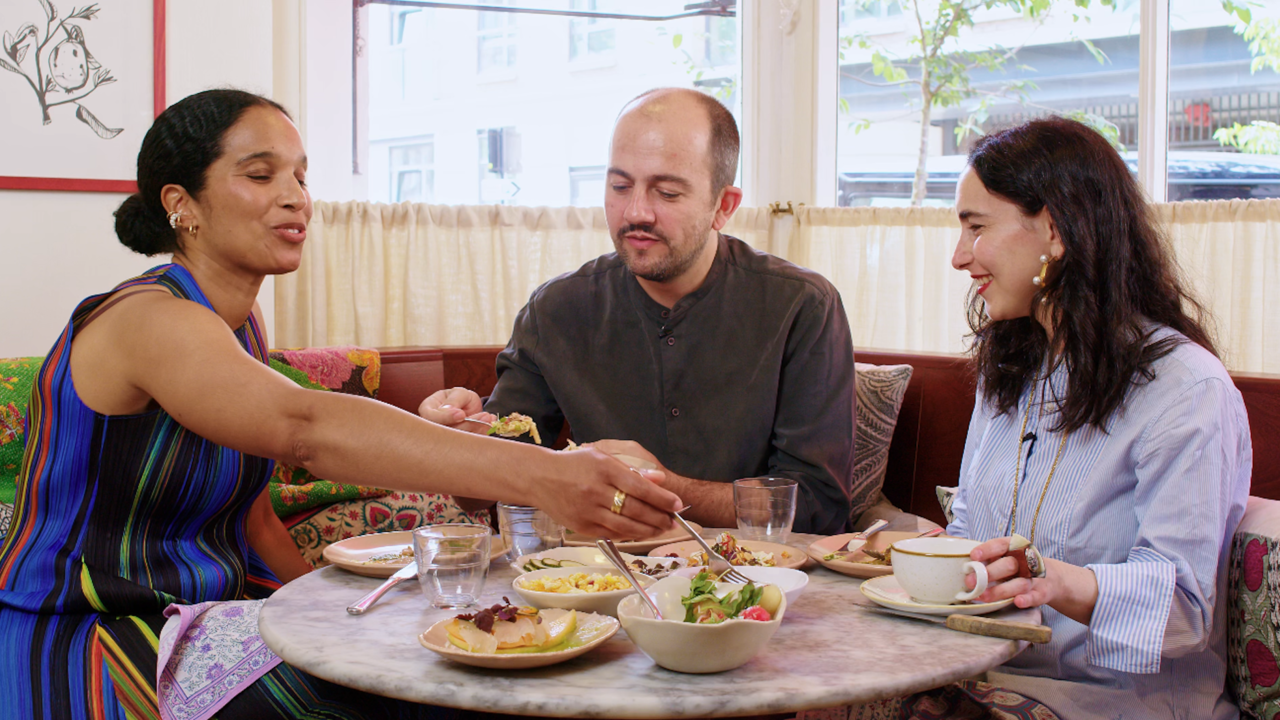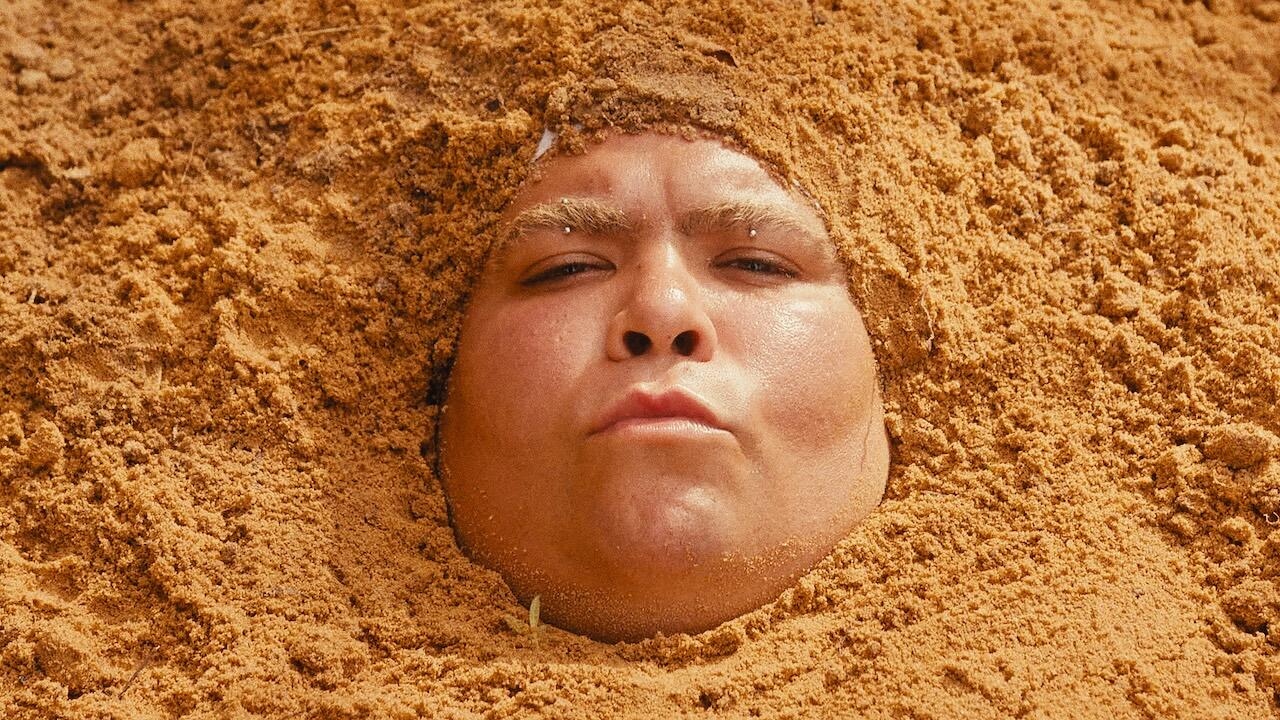Miranda Forrester’s Vulnerable, Queer Motherhood
In a new series of postpartum nudes at Tiwani Contemporary, London, the artist paints a realistic picture of intimate moments
In a new series of postpartum nudes at Tiwani Contemporary, London, the artist paints a realistic picture of intimate moments

I sped past the dazzling Christmas lights ornamenting Mayfair last week to meet Miranda Forrester for a spirited discussion about her latest exhibition, ‘Arrival’, currently on view at Tiwani Contemporary.
Sitting comfortably in the gallery space, I had a chance to admire Forrester’s refined, fragmented figures. We touched on her portrayal of queer motherhood, the significance of the domestic space and the process of painting nudes that escape the objectification of the male gaze.
This interview is part of a new series of London gallery visits, where I drop in on an artist to discuss the main themes behind their latest exhibition and artistic processes.

Ivana Cholakova What are the threads that run through your current exhibition, ‘Arrival’?
Miranda Forrester The show is about transformation. I wanted to paint the new identity you assume when you become a parent while trying to preserve your position as an artist. The main motivation behind my practice is to articulate the lesser-told stories of queer families. Works such as Do you love me? (2023), for instance, depict bonding between a mother and a child who are not genetically related, reaffirming her position as a parent.
Queer families continue to challenge traditional roles through the practice of shared mothering. While this is also common in other families, such as those made through adoption, it is clear how dominant the heteronormative narrative still is. We continue to see the mother as a singular identity. Everyone’s lives would be improved if we viewed mothering not solely as an automatic biological response but also as an active cultural decision which could be adapted into a shared practice. The idea of monomaternalism confines women. To avoid outdated power dynamics, we ought to view parenting as a holistic practice with interchangeable roles.
IC Are there any artistic forebears that you look to?
MF I reference several queer artists in my paintings; it’s important for me to acknowledge the people who paved the way for my work. The walls in Babymoon (2023), for instance, are decorated with Catherine Opie’s Self-Portrait/Cutting (1993), highlighting the struggle to have a family as a lesbian at a time when it felt like you had to choose between one or the other. It seems crazy that this work was made 30 years ago yet is still so poignant. Similarly, above the mother and child in Do you love me? is a still from Todd Haynes’s Carol (2015). A lot of people forget this when thinking about the film, but a huge part of the narrative focuses on the lesbian protagonist’s fight for her daughter. It was common up until the late 1990s for children to be taken away from their mothers if they were deemed unfit to raise them solely because of their sexuality. There were no legal protections at all.

There’s still generally a lot of misunderstanding about how queer families are made, and the roles the parents assume. A lot of services in Britain, including the NHS, are lagging behind in terms of information. As a queer person trying to start a family, you need to do all the research yourself because no one is going to share it with you.
IC How has parenthood changed the rhythm of your artistic practice?
MF I was dipping in and out of work for roughly six months after we had our daughter. I was scared I would lose my momentum and my trajectory, which did happen at first. Logistically, now, I must be more organized and decisive. The work I wanted to do after I became a parent was quite different and wasn’t what I’d expected. I used to focus a lot more on romantic relationships, often depicting the honeymoon phase and the intense feelings that mark the start of a relationship. I had never painted children before.
IC A lot of your works are set in insular environments – bedrooms or living rooms. What draws you to the domestic space?
MF I’m interested in who we are at home. I enjoy showing the private, intimate moments that not everyone gets to see. It’s important to make vulnerable work, so I push through my discomfort in sharing it with the world.
But I also try to convey an ambiguity in my paintings, so people can bring their own interpretations to them. That’s why I leave out facial details: I want people to feel like they, or someone they know, could be the sitters in the painting and feel a sense of familiarity about them.

IC Your paintings often feature plants and, in this body of work, robes. Can you speak about some of the recurring motifs in your practice?
MF During the inception of the show, I was obsessed with collecting robes. They became quite prominent in the works as a symbol of the postpartum time my partner and I shared. We were wearing robes a lot at home. I was interested in the transition they symbolized. When you wear them, you’re not dressed, but you’re also not undressed: they allow you to tread between public and private spaces. Robes would have traditionally indicated the luxury of a leisurely pace of existence: they are quite decadent, that’s what drew me to them. However, during the first months of parenthood, this decadence is reversed. When it’s difficult to leave the house and your sleep is frequently interrupted, robes become a convenient and strategic item of clothing, something to quickly throw on when you’re getting up in the middle of the night to feed the baby.
IC How do you navigate the patriarchal connotations associated with painting female nudes?
MF I feel uncomfortable with the idea that the artist holds all the power. Painting, for me, is a collaborative process. My sitters and I are united by shared responsibility; I couldn’t make the work without them, so it’s important to give them due credit.

While I think about canonical representations of nude paintings in terms of composition, I try to avoid the perfect and elongated poses in which women are usually portrayed. I like working with people who are not life models. Professional sitters know how to pose in extremely elegant, beautiful ways but that’s not my goal. I want people to appear relaxed and embrace the awkwardness: I aim to remove self-consciousness from the nude. When painting skin, I sometimes use very abstract colours. Bodies tend change so much throughout our lives: my colour palette reflects that fluidity.
Miranda Forrester’s “Arrival’ is on view at Tiwani Contemporary, London until 6 January 2024
Main image: Miranda Forrester, Two mothers, one scar, 2023, oil and image transfer on canvas, 183 × 142 cm. Courtesy: the artist and Tiwani Contemporary, London; photograph: Deniz Guzel

























